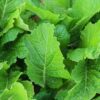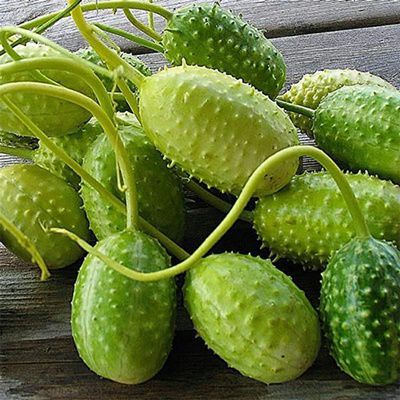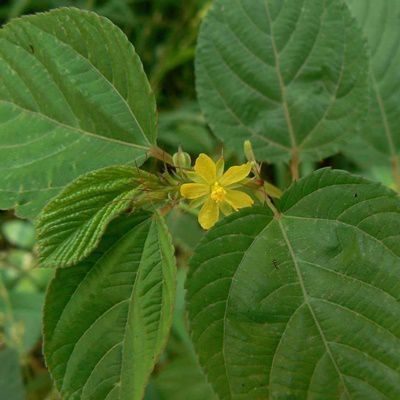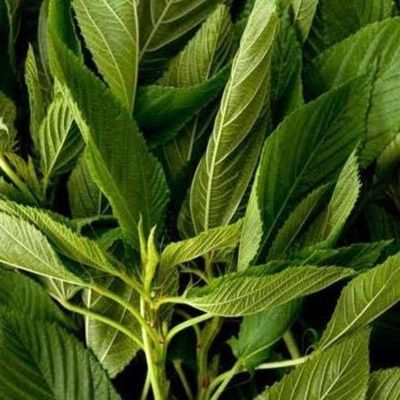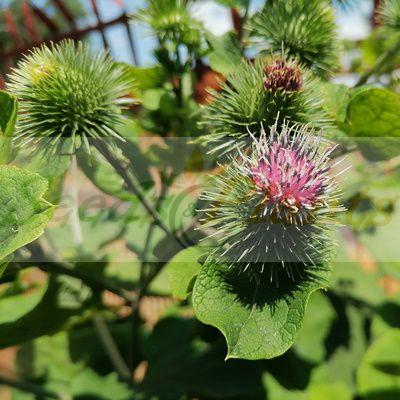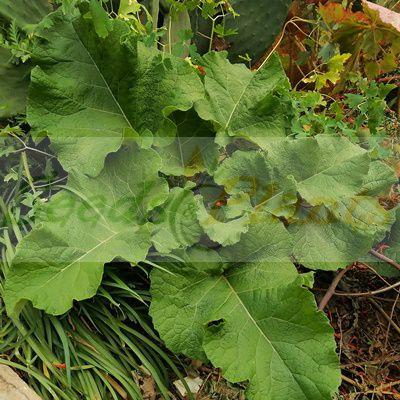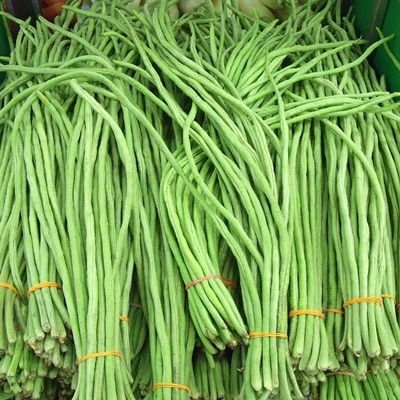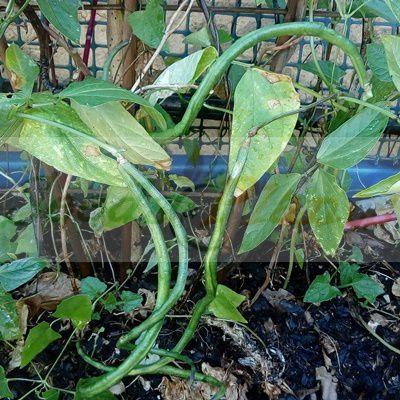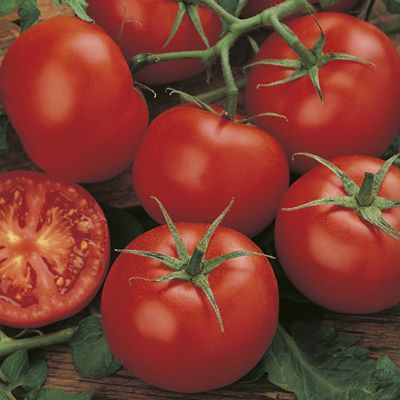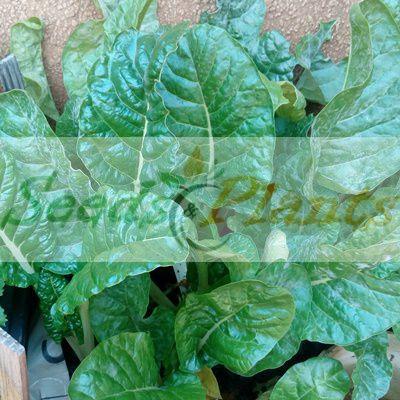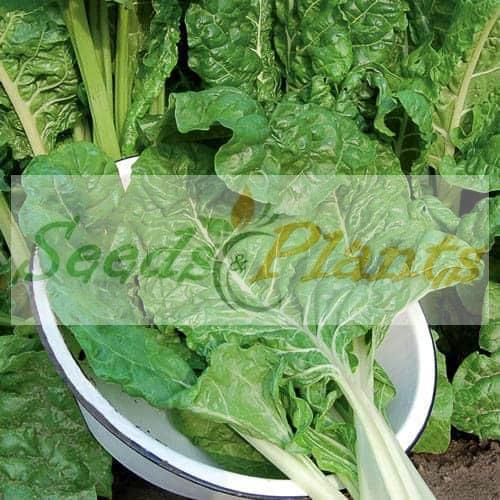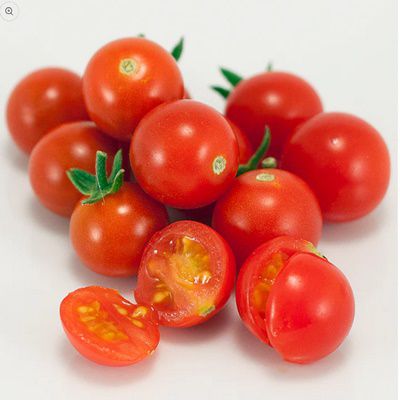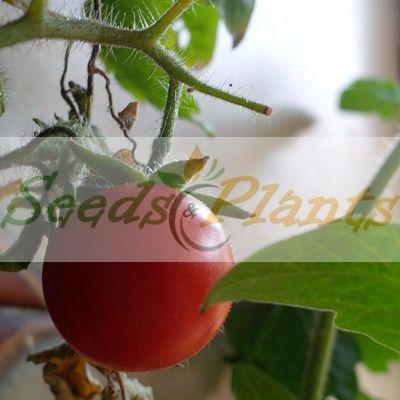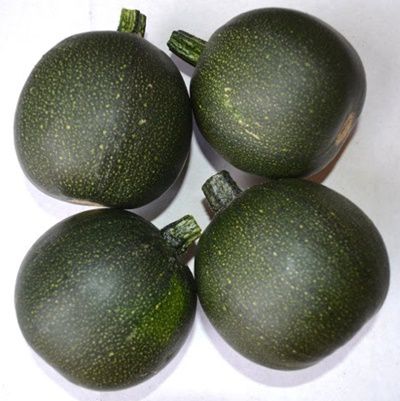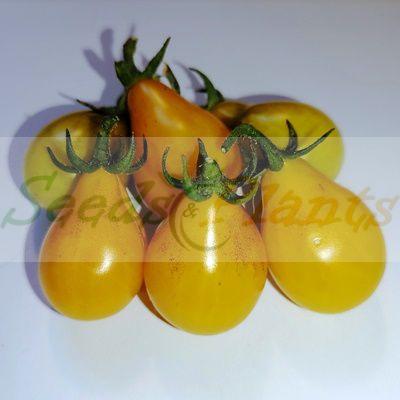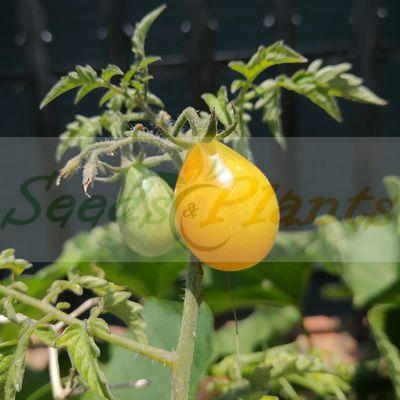🥕 Vegetable Quick Facts
Growth Traits
- 🌱 Life Cycle: Annual
Egyptian Spinach – 50 Seeds
(Corchorus olitorus)
R30.00
It is a leafy green known for its high vitamin and mineral content.
Common names: Egyptian spinach, Indian jute, wild jute, bush okra, Jew’s mallow, West African sorrel, jute mallow, tossa jute (Eng.); wilde jute, Indiese jute (Afr.); delele (Tshivenda); thelele (Sepedi); gushe (Xitsonga).
Indoor Sowing: Not Recommended.
Direct Sowing: Late Spring and Early Summer.
Out of Stock
Email me when the product is back in stock.
🥕 Vegetable Quick Facts
Growth Traits
- 🌱 Life Cycle: Annual
Egyptian Spinach (Corchorus olitorius) produces tasty leaves and edible seed pods. It has a long history of use in the middle east as a super green known for its high vitamin and mineral content. It is also a very popular leafy vegetable in the northern and eastern regions of South Africa. Younger leaves can be eaten raw in salads, on sandwiches and the older leaves cooked or dried. Use leaves as you would spinach. Easy to grow and ready to harvest in just two months.
It is an an erect, annual quick growing plant and can reach a height from 20 cm to approximately 1.5m. The fruit is a cylindrical capsule with many seeds. The flowers are small, 2 to 3 cm in diameter and yellow, with five petals. It can be harvest and topped when young for more lateral growth or clear cut when tall and replanted. If grown out to maturity the stalks can be processed to make the fibrous material jute.
Common names: Egyptian spinach, Indian jute, wild jute, bush okra, Jew’s mallow, West African sorrel, jute mallow, tossa jute (Eng.); wilde jute, Indiese jute (Afr.); delele (Tshivenda); thelele (Sepedi); gushe (Xitsonga).
Growing Egyptian Spinach
Indoor Sowing: Not Recommended.
Direct Sowing: Late Spring and Early Summer.
- This plant is very tolerant of moist soil types and can grow in neutral and acidic soil.
- Must be grown in full sun.
- Direct sow the seeds when the temperature is around 25 °C.
- Surface sow the seeds and cover with a thin layer of soil.
- Water gently and keep the growing medium moist until germination.
- Germination takes about 14 days.
- Once each plant has developed 6 to 7 leaves, thin them out to a spacing of 38 cm.
- It is not frost and drought tolerant. It is a heat tolerant plant that loves water so make sure to keep it moist.
- It can be kept as a perennial in warm climates, but grows best as an annual for more tender new growth.
- Can be grown in containers.
Disclaimer
Medicinal Information:
All medicinal information on this website is for educational and informational purposes only and may not be construed as medical advice. The information is not intended to replace medical advice or treatment offered by healthcare professionals.
Seeds, Plants, Plant Cuttings, Geophytes and Dried Herbs:
In some countries and provinces, certain plants are deemed as invasive and are not allowed to be planted at all, whilst some plants are allowed to be grown only in certain areas or provinces. The onus is on you as the buyer to familiarize yourself with the regulations pertaining to your location, before purchasing any of our seeds, plants, plant cuttings, geophytes or dried herbs. We will not be held liable, should you purchase any seeds, plants, plant cuttings, geophytes or dried herbs. from us which are prohibited in your country or province.

